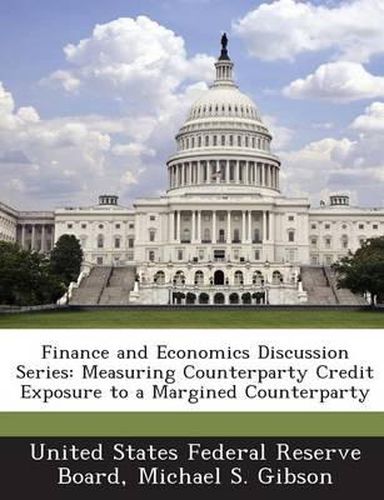Readings Newsletter
Become a Readings Member to make your shopping experience even easier.
Sign in or sign up for free!
You’re not far away from qualifying for FREE standard shipping within Australia
You’ve qualified for FREE standard shipping within Australia
The cart is loading…






Firms active in OTC derivative markets increasingly use margin agreements to reduce counterparty credit risk. Making several simplifying assumptions, I use both a quasi- analytic approach and a simulation approach to quantify how margining reduces counterparty credit exposure. Margining reduces counterparty credit exposure by over 80 percent, using baseline parameter assumptions. I show how expected positive exposure (EPE) depends on key terms of the margin agreement and the current mark-to-market value of the portfolio of contracts with the counterparty. I also discuss a possible shortcut that could be used by firms that can model EPE without margin but cannot achieve the higher level of sophistication needed to model EPE with margin.
$9.00 standard shipping within Australia
FREE standard shipping within Australia for orders over $100.00
Express & International shipping calculated at checkout
Firms active in OTC derivative markets increasingly use margin agreements to reduce counterparty credit risk. Making several simplifying assumptions, I use both a quasi- analytic approach and a simulation approach to quantify how margining reduces counterparty credit exposure. Margining reduces counterparty credit exposure by over 80 percent, using baseline parameter assumptions. I show how expected positive exposure (EPE) depends on key terms of the margin agreement and the current mark-to-market value of the portfolio of contracts with the counterparty. I also discuss a possible shortcut that could be used by firms that can model EPE without margin but cannot achieve the higher level of sophistication needed to model EPE with margin.